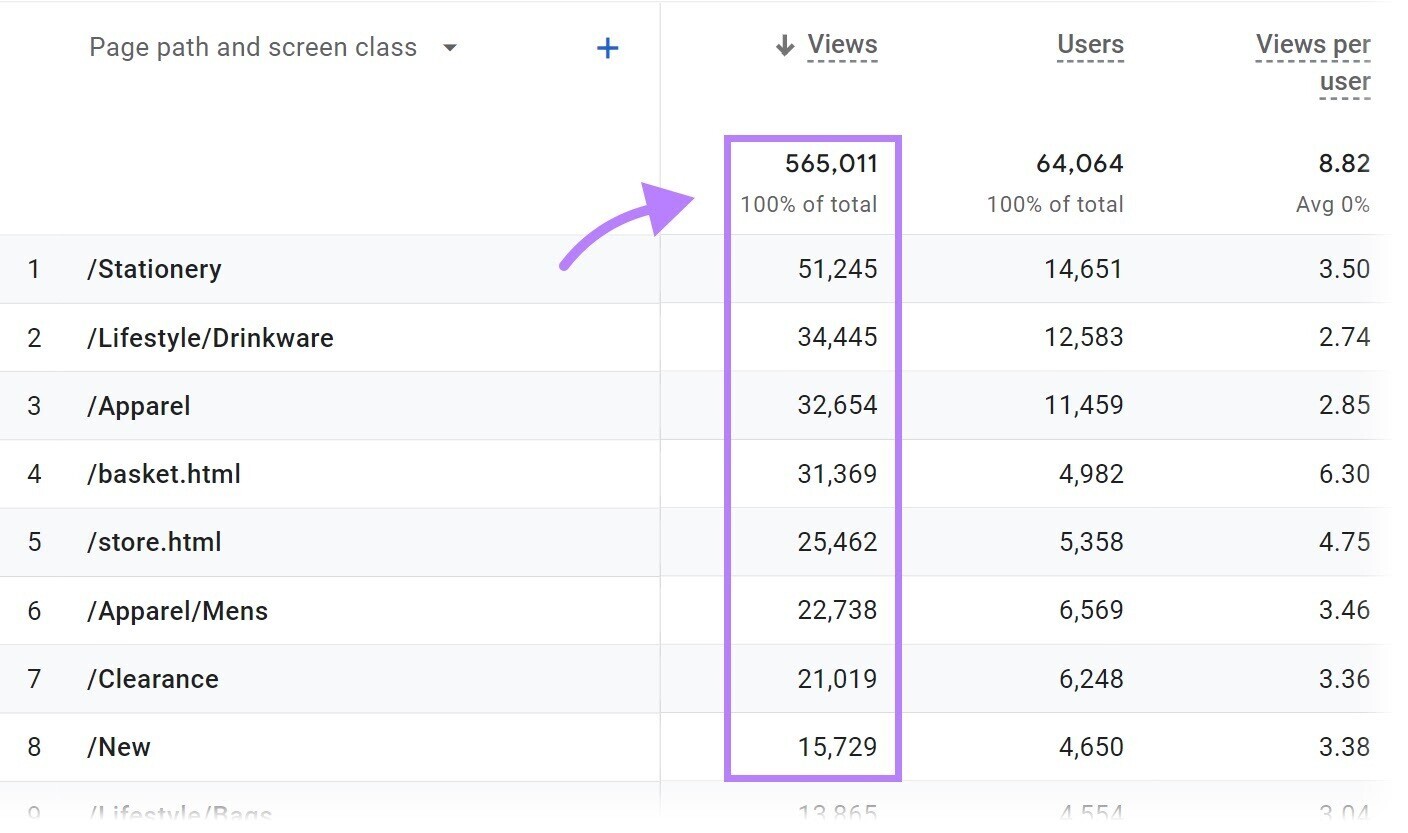When Does the Google Analytics Tracking Code Send an Event Hit to Analytics? Timing and Best Practices Explained
When Does the Google Analytics Tracking Code Send an Event Hit to Analytics? Timing and Best Practices Explained
Blog Article
Master Web Site Insights With Accurate Google Analytics Monitoring Code
The effective usage of Google Analytics hinges on the precise execution of its monitoring code, a basic action usually neglected by site proprietors. What are the common challenges that could weaken your tracking efforts, and exactly how can you guarantee precision in your technique?
Comprehending Google Analytics Basics
Google Analytics is a vital device for internet site proprietors and online marketers, offering important insights into customer behavior and internet site performance. At its core, Google Analytics collects information about site visitors to a website, permitting users to examine metrics such as traffic sources, individual engagement, and conversion prices. Recognizing these fundamentals is crucial for enhancing a site's performance and enhancing individual experience.
The system employs cookies to track communications, videotaping data such as page sights, session periods, and bounce rates. This information is aggregated and offered with personalized dashboards, making it possible for customers to imagine patterns with time. Trick performance signs (KPIs) can be kept track of, such as the overall variety of customers, new versus returning visitors, and the geographic circulation of the audience.
Furthermore, Google Analytics supplies division functions, enabling users to separate specific website traffic sources or individual demographics for even more targeted evaluation. By understanding these fundamental elements, internet site owners can make enlightened decisions regarding web content approach, marketing campaigns, and total website renovations. Eventually, recognizing Google Analytics basics is vital for leveraging information to drive development and attain organization purposes properly.
Setting Up Your Monitoring Code

Replicate the given monitoring code and paste it right into the HTML of your internet site. Preferably, this code needs to be positioned in the header section of every page you want to track. This makes sure that the tracking code loads before any kind of various other web content, permitting it to catch information precisely. If you are using a material management system (CMS) like WordPress, there are plugins available that streamline the integration procedure.
After setup, verify that the monitoring code is working appropriately by utilizing Google Tag Aide or the Real-Time reports in Google Analytics - when does the google analytics tracking code send an event hit to analytics?. This step is vital to confirm that your information collection is active and precise, establishing the structure for informative evaluation
Typical Monitoring Code Issues
This might occur when the monitoring code is positioned in the wrong area of the site's HTML, usually leading to insufficient or missing data. Furthermore, having multiple circumstances of the tracking code on a solitary web page can result in inflated metrics, as customer communications may be counted extra than once.
One more problem emerges from the Look At This use of advertisement blockers, which can avoid the monitoring code from carrying out entirely, hence skewing information. when does the google analytics tracking code send an event hit to analytics?. In addition, failure to set up filters appropriately can bring about the exclusion of crucial traffic sources or the addition of unwanted reference spam, misshaping the information collected
Web site proprietors may likewise overlook the importance of tracking code updates, especially when moving to Google Analytics 4 (GA4) from Universal Analytics. Lastly, insufficient screening before introducing modifications can lead to unseen mistakes in the tracking code, better making complex information integrity. Attending to these usual issues is important for ensuring exact monitoring and insightful analytics.
Studying Site Data Efficiently
Exact information collection is only the initial step in leveraging Google Analytics; the actual value exists in successfully assessing that information to drive informed decision-making. To achieve this, it is necessary to recognize essential performance indications (KPIs) that align with your business objectives. Concentrate on metrics such as conversion prices, user involvement, and web traffic sources, as these will certainly offer understandings into customer behavior and the total efficiency of your internet site.
Using Google Analytics' segmentation features allows for a much deeper understanding of your target market. By damaging down data right into particular demographics, actions, and web traffic networks, you can uncover patterns and patterns that educate targeted methods. Implementing personalized reports and dashboards can simplify this process, allowing fast access to significant data.
In addition, on a regular basis reviewing data fads over time assists to recognize anomalies and chances for renovation. Utilize visualization tools to existing information in an easily digestible style, promoting much more efficient interaction with stakeholders. Inevitably, the ability to evaluate web site information effectively empowers services to make critical decisions that boost user experience, enhance advertising initiatives, and drive development.

Finest Practices for Accurate Tracking
Applying efficient monitoring methods is essential for getting trustworthy data in Google Analytics. To guarantee exact tracking, begin by properly installing the Google Analytics tracking code on every web page of your website. This can be completed through a tag supervisor or by directly installing the code into the HTML.
Following, sites configure your Google Analytics account to exclude interior website traffic. This can be done by establishing filters that determine and remove gos to from your company's IP address, therefore avoiding skewed data. In addition, make use of event tracking to keep an eye on details user interactions, such as downloads or video plays, which typical page views may ignore.
Consistently audit your tracking configuration to verify that all attributes, such as objectives and ecommerce monitoring, are operating properly. Establish a consistent naming convention for your events and campaigns to help with simpler reporting and analysis.
Finally, consider leveraging UTM parameters for campaigns to obtain understandings right into the efficiency of various advertising and marketing initiatives. By complying with these finest methods, you can improve the Discover More accuracy of your data collection and analysis, ultimately leading to even more educated decision-making for your website.
Verdict
By guaranteeing the tracking code is appropriately put and routinely examined, web site proprietors can catch vital individual interaction data, therefore helping with the recognition of essential efficiency indicators. Inevitably, a robust tracking structure enhances the capability to drive engagement and enhance total site efficiency.

Not enough screening before launching changes can result in undetected mistakes in the monitoring code, additionally complicating data integrity.Applying efficient tracking practices is crucial for getting trusted information in Google Analytics. By guaranteeing the tracking code is correctly positioned and routinely audited, site owners can capture essential individual communication data, therefore facilitating the recognition of crucial performance indications.
Report this page